Why luxury is an expression of the best of civilisation

To celebrate the debut of his autumn’s 2017 collection, designer Ralph Lauren decided to forego the typical runway show for something more personal, but also more extravagant: the self-made mogul invited guests to New York, for a show and dinner in the private garage that houses his collection of rare and exotic automobiles.
Guests dressed in cocktail attire were chauffeured to the September extravaganza by a fleet of black cars that had been outfitted with CDs of jazz standards selected by Lauren for the two-hour drive. Upon arrival, they were greeted with champagne and hors d’oeuvres.

Lauren’s collection, considered among the best in the world, is estimated to be worth US$300 million. His Bugatti 57SC Atlantic Coupe, with its sensuous lines, is valued at US$50 million alone.
Is this the largest disconnect thus far between a fashion brand and the state of the country?
After a presentation of classic men’s and women’s attire, Lauren sauntered out for his bows wearing black coveralls and a weathered brown leather belt. He led the audience down a ramp to a lower level filled with more cars and ringed by a table set for dinner with dozens upon dozens of red roses. The menu - pulled from his own restaurant, the Polo Bar – included lobster salad and hamburgers.
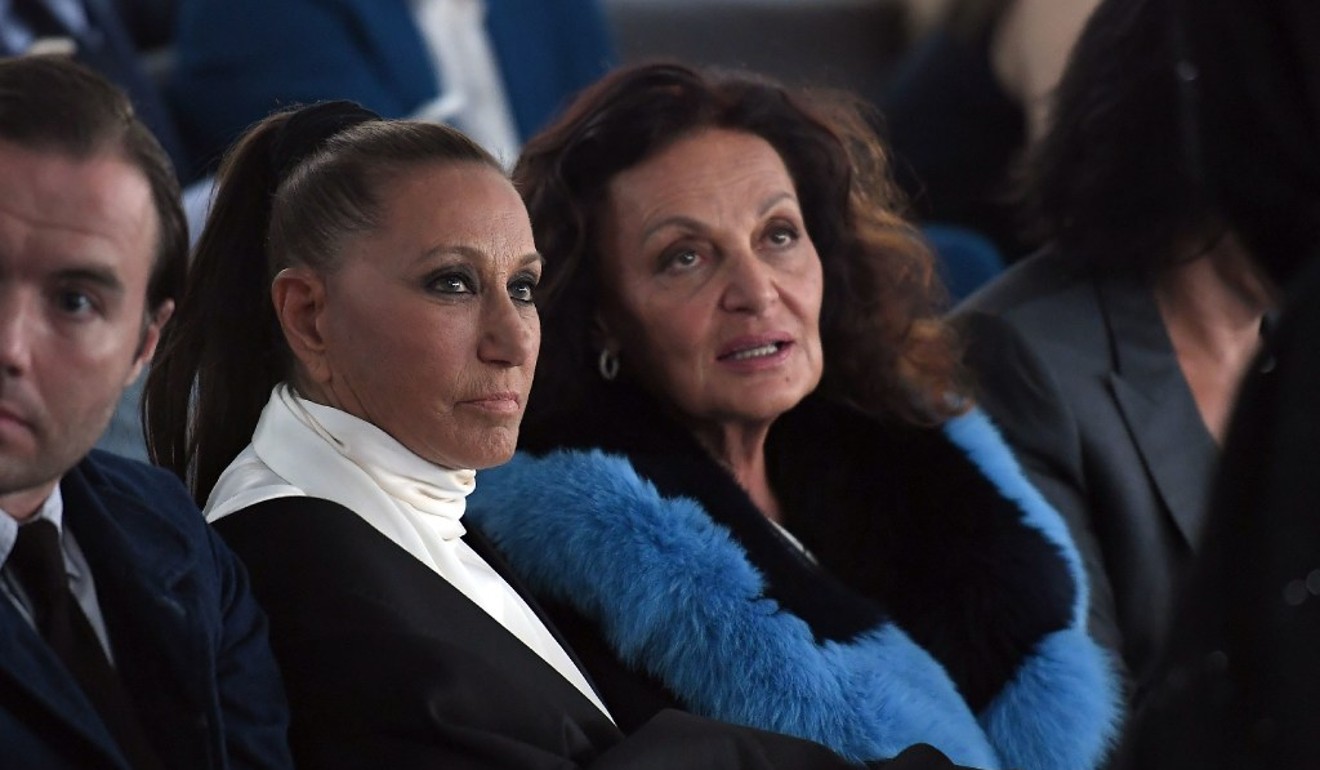
While Wall Street might debate whether the evening ultimately benefited the company’s wobbly bottom line, it was a proud and confident display of Lauren’s professional success, personal wealth and posh aesthetics.
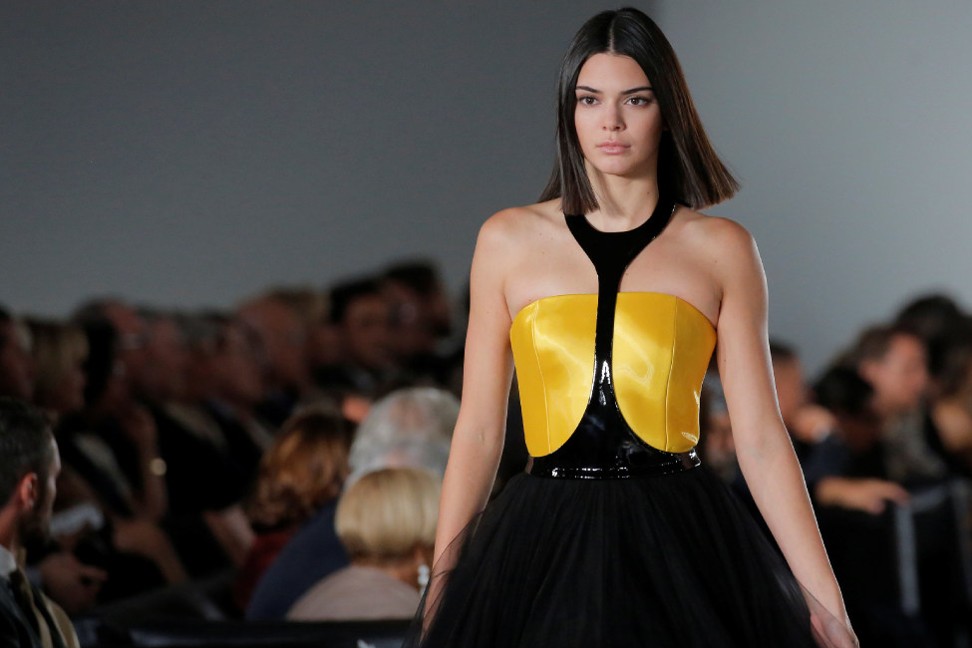
Each detail had been considered in order to make the experience as luxurious and memorable as possible, said one company executive. Still, she was braced for a backlash: too much, too far, too indulgent. And the criticism came as expected, both from within the fashion industry and from those who follow it on social media.
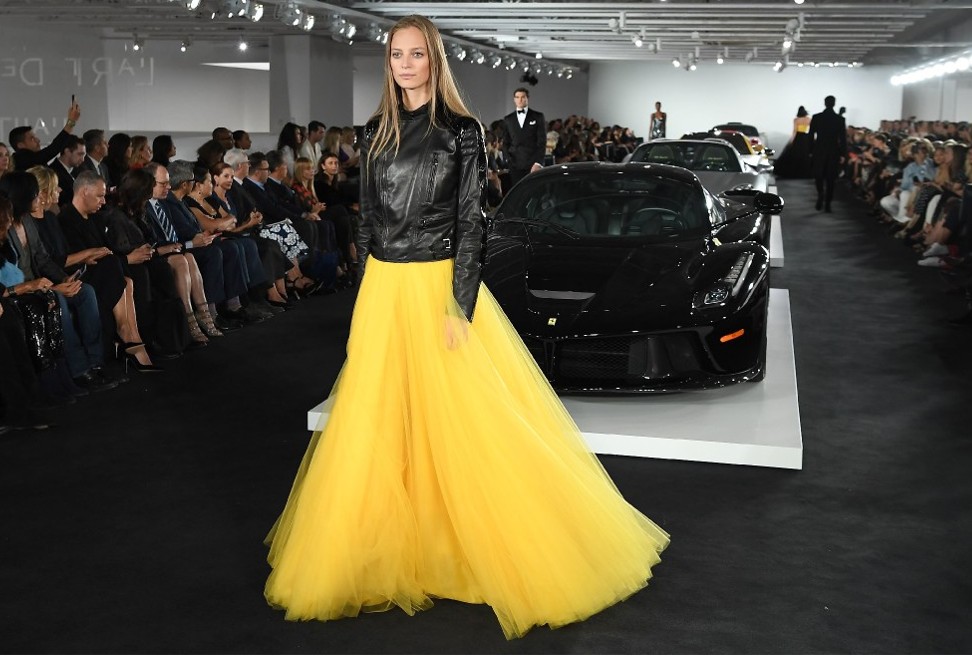
A critic on Twitter wrote: “I really don’t understand why this had to be the venue. Is he simply trying to show off?”
Another wrote: “Is this the largest disconnect thus far between a fashion brand and the state of the country?”
Such disdain is not reserved for Lauren or the fashion industry. It is not limited to obnoxious braggarts such as Louise Linton, the wife of Treasury Secretary Steven Mnuchin. Or Wall Street bankers, tech entrepreneurs, athletes or the Kardashians. Put too many images of avocado toast on your Instagram and you, too, could find yourself in the culture’s crosshairs.
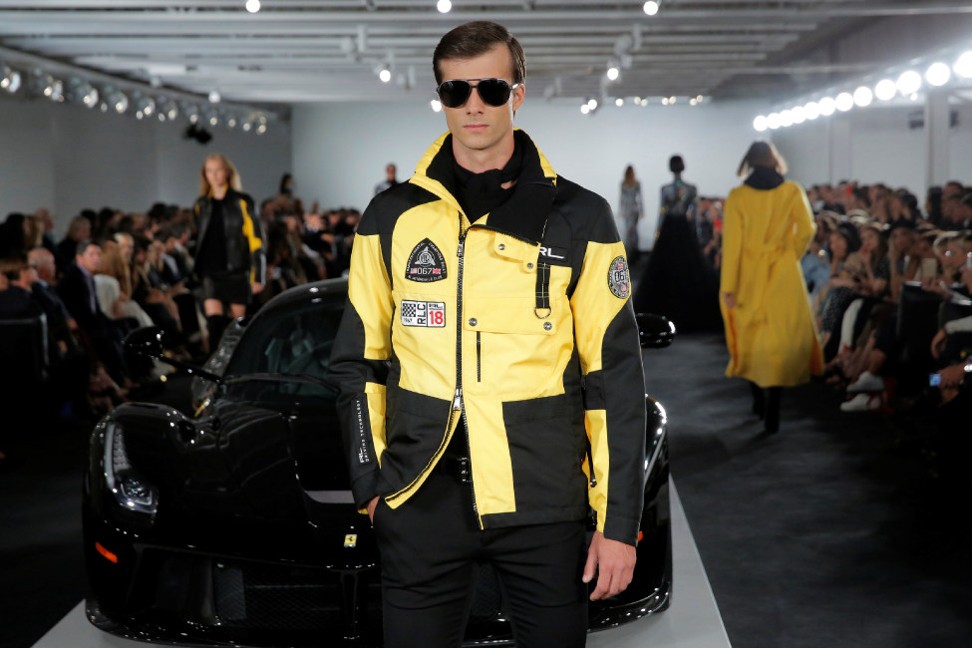
‘High-priced consumption is unseemly’
For critics of luxury, the argument is simple: high-priced consumption is unseemly, wasteful and selfish – narcissism writ large. And it is especially problematic juxtaposed with today’s abundant supply of distressing news – an epidemic of opioid addiction, a tide of refugees cast adrift, an American health-care system in turmoil. How can the well-off justify spending thousands of dollars on a designer dress when that money could be used to feed their hungry neighbours?
How can those who have so much be so thoughtless that they flaunt their wealth before those who have nothing at all? Why would anyone even make such a mind-bogglingly expensive garment anyway?
People who are struggling to make ends meet see other people spending millions of dollars; it’s offensive
These points resonate especially in Washington, DC. The city is the centre of democracy, the cradle of nonprofits, the home base of brainiacs and nerds. In other words, it is ground zero for people who believe themselves to be working for a greater good or a higher purpose. They have taken a vow, not of poverty, but of righteous indignation. Do not, so the argument goes, distract these serious Washingtonians from their earnestness or their piety with bespoke chandeliers or reclaimed-wood altars to culinary gods.
“People who are struggling to make ends meet see other people spending millions of dollars; it’s offensive,” says Linda Gaskill, a local reader who was so perturbed by The Washington Post Magazine’s April ode to luxury that she fired off a letter to the editor and then readily expanded on it in a telephone conversation several months later.
Luxury products, Gaskill told me, cater to a rarefied demographic – those infamous one-percenters to whom the average consumer cannot relate, those beneficiaries of a rigged capitalist system. Their jewellery, watches and private planes exemplify an unfathomable lifestyle. And putting such high-priced gear in a general interest magazine is both a demoralising taunt and validation of an unjust system.
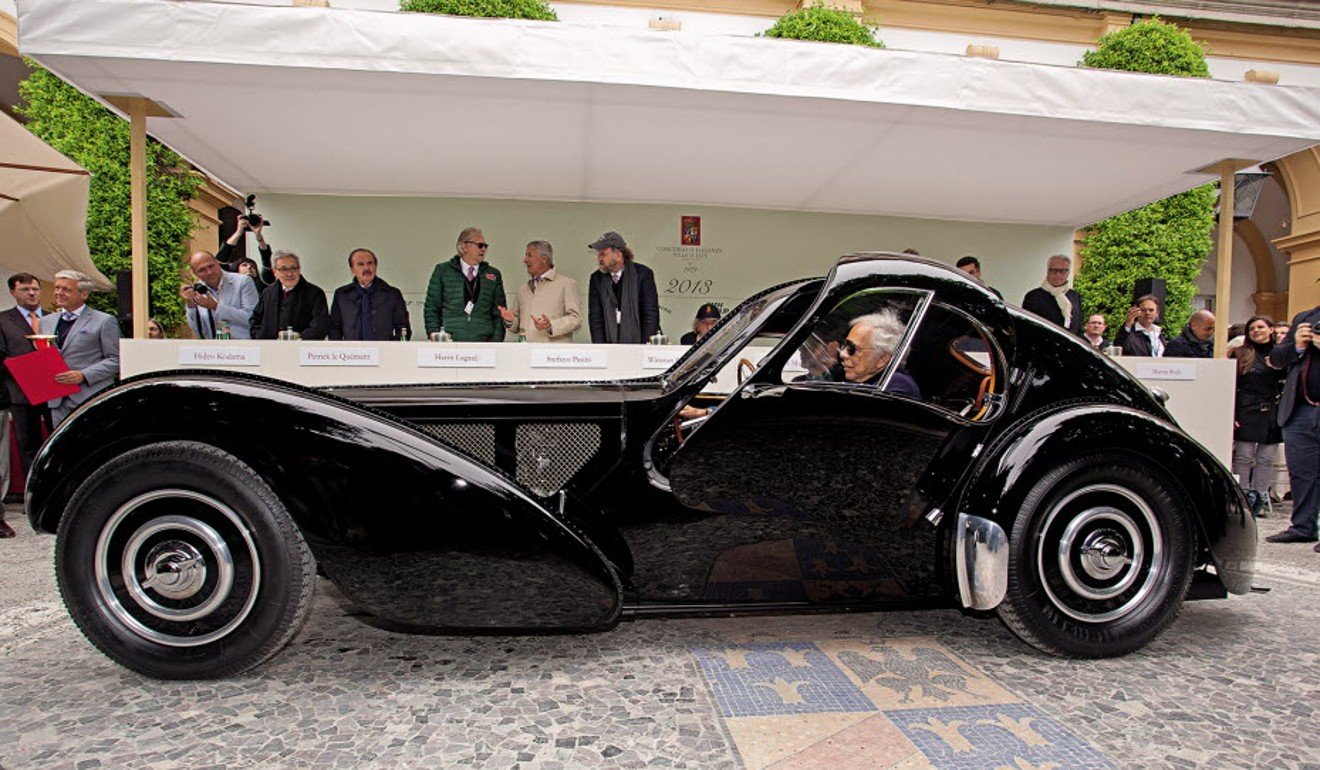
Yet amid all the legitimate concern surrounding wealth and inequality and unfettered capitalism, it can be easy to forget the other side of the argument: that luxury can be more than just a high price tag. That luxury products can be astonishing, glorious – even inspiring. That luxury items – some of them, the best of them – can be examples of human artistry at its finest. That they can offer enduring beauty. That their inherent creativity propels the world forward. That luxury, true luxury, can in fact be sustenance for a culture.
Luxury associated with morality
Luxury has always been associated with morality. In a speech on wealth and indulgence several years ago, Christopher Berry, a professor of political theory at Britain’s University of Glasgow, noted that the Romans regularly debated the ethics of luxury. They even regulated how much citizens could spend on banquets, believing that after a certain point there was no added value in having more, having better, having fancier. They believed, Berry said, that too much luxury was bad, and if not bad, then at least pointless.

By the 17th century, there was a sense that Western culture had ceased battling human nature and the inevitability of desire. (“The only way to be free of desire is to be dead,” Berry said.)
Now, luxury is inescapable. It’s no longer tucked away behind the hedgerow. It’s right there for everyone to see and to desire
While luxury hadn’t completely lost its connection to morality, it was now closely tied to trade and served as a marker of economic advantage and influence. Luxury was viewed through the lens of commerce, employment and its attendant benefits.
In the United States, during the early part of the 20th century, luxury began to speak to the success of capitalism, of upward mobility and immigrants-made-good. American television audiences cheered George and Louise Jefferson in the sitcom, The Jeffersons, about a popular African American couple for finally moving up the economic ladder and claiming their “deluxe apartment in the sky”.
Prosperity theology connected the depths of one’s faith to the abundance of one’s wealth. Industrialists’ money might have been tainted by oppressive labour practices or predatory business methods, but it was perfumed by noblesse oblige philanthropy that built libraries and art institutions.
Somewhere along the line, however, something changed in the US. Something heightened the sense of psychic injury caused by observing the luxury of others – causing us to revert, in some ways, toward earlier, more judgmental views of luxury.
The shift likely had to do with the income inequality gap, which began to widen rapidly in the 1970s. The reasons for this divergence were complex and numerous – unions weakened; manufacturing employment declined; tax policies became less progressive – but the upshot was that climbing the economic ladder had become harder for many people.
At the same time as the income gap was widening, luxury was becoming more ubiquitous.
Locals have become more ostentatious. More obvious. Money now speaks at a near earsplitting volume that is equal to – or even louder than – the roar of power
Conglomerates such as LVMH invested in more brands and opened more stores to accommodate the new global one-percenters. Public companies expanded their product offerings to satisfy dividend-hungry shareholders.
Now, luxury is inescapable. It’s no longer tucked away behind the hedgerow. It’s right there for everyone to see and to desire. Luxury has landed in midsize cities, suburbia and online. It came to Las Vegas in dedicated villages of glass and marble, where, noted Thomaï Serdari, an adjunct professor of marketing at New York University’s Stern School of Business, the “have-nots could live as the haves”. Except when they couldn’t.
Washington luxury has undergone the same evolution as luxury in the rest of the country: from quiet wealth to heightened visibility. The city has long had a close relationship with luxury. The family-owned Rizik’s boutique, for instance, has been in business for more than 100 years and, after a late-life renovation, continues to sell evening dresses by Oscar de la Renta and Naeem Khan, as well as wedding gowns that cost upward of US$8,000. Georgetown has long been home to million-dollar rowhouses with 18th-century plumbing. This has been a town of US$100 steak dinners since the Nixon years.
Many rich Washingtonians aimed for discretion
Yet for a long time, most people here in DC aimed for discretion. They didn’t drive flashy cars or wear as-seen-in-Vogue fashion. Once, years ago, I complimented a Washington social mover on a particularly lovely Hermès Kelly bag she was carrying. She smiled uncomfortably and began a lengthy story detailing how she’d come by it almost accidentally and it really wasn’t as expensive as one might assume and ... oh-God-I’m-so-mortified-that-you-noticed-it!
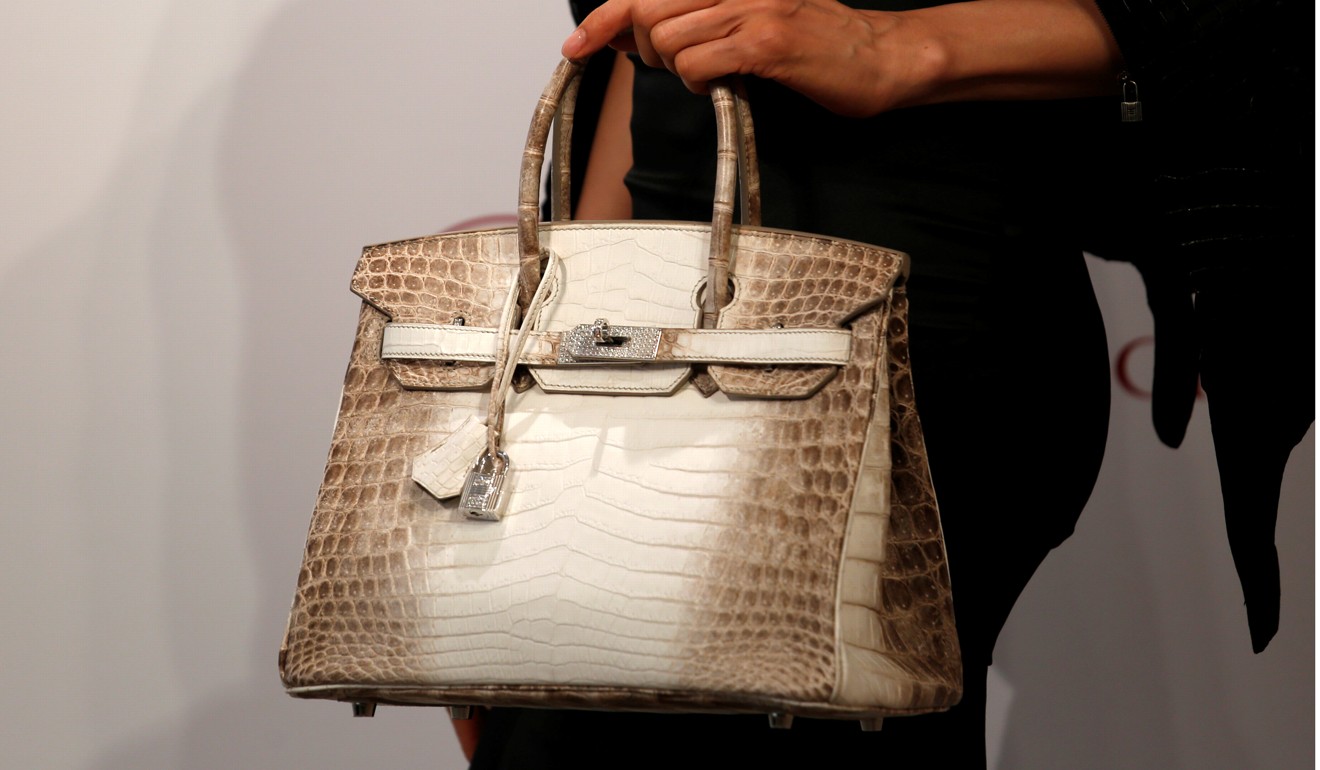
Today, the locals have become more ostentatious. More obvious. Money now speaks at a near earsplitting volume that is equal to – or even louder than – the roar of power. Everything from coffee to condos has been brushed with the patina of luxury.
Washingtonians have witnessed a surge of high-end fashion, million-dollar homes, chef’s tasting menus, budget-busting boutique fitness classes, Teslas and Bentleys. The current US commander in chief is a real estate mogul with a professional and personal philosophy rooted in gilding the lily.
The modern airplane reflects a social microcosm of class-based society, making inequality salient to passengers through both the physical design of the plane ... and, more subtly, the boarding procedure
The White House Cabinet is stocked with millionaires. Even baseball, America’s pastime, is a luxurious experience in contemporary Washington, involving club seats, the Lexus lounge, gourmet buffets and craft brews. It seems like there is no product or activity, no matter how mundane, that hasn’t been fetishised into a marker of personal success and status.
This never-ending, highly visible socialstratification – in Washington as elsewhere – recalls the dynamics of air rage. Researchers have found that economy-class passengers are more likely to act out on flights that have first-class cabins, suggesting that their anger was sparked by the awareness of disparity rather than the actual shortcomings of their own cramped seating in coach.
“The modern airplane reflects a social microcosm of class-based society, making inequality salient to passengers through both the physical design of the plane ... and, more subtly, the boarding procedure,” write researchers Katherine DeCelles and Michael Norton.
“People’s perceptions of their relative socioeconomic status are influenced by situational factors ... Even temporary exposure to physical inequality – being literally placed in one’s ‘class’ (economy class) for the duration of a flight – relates to antisocial behaviour.”
People are even more agitated if they board a plane and can actually see the other class. Those in economy are more likely to have exasperated ‘emotional outbursts’ when they get a look at the preflight champagne up front
People are even more agitated if they board a plane and can actually see the other class. Those in economy are more likely to have exasperated “emotional outbursts” when they get a look at the Barcalounger-size seats and the preflight champagne up front
You don’t hate them for being able to afford their comfortable seats. Heck, if you could afford a first-class ticket, you’d buy one, too. You hate the fact that the better, nicer seats exist at all. (Meanwhile, according to the research, when all classes board a plane through the same door, those in first class – more acutely aware of their relative privilege than if they had boarded through a separate door – are also more likely to be “belligerent” jerks.)
While the dazzlingly wealthy tend to live so far beyond the average person’s gaze – on their private islands or national-park-size ranches – that their expressions of luxury are nearly invisible, it’s the luxury goods people encounter every day that set their teeth on edge. It isn’t the exotic car collection parked inside some mogul’s custom garage; it’s the double-parked BMW in front of health-food grocery stores, Whole Foods. Or the pictures of the mogul’s fancy cars in your newspaper.
Sometimes a dress is not just a dress. It is a legacy
As the social norms surrounding luxury were changing, so were the products themselves. With luxury products becoming more available, their creators shifted the emphasis from what luxury is to what it represents, writes Dana Thomas in Deluxe: How Luxury Lost Its Luster. Producers got sloppy. Consumers stopped asking questions.
The essence of luxury used to be innovation and quality. And there was an audience that appreciated both. Today, innovation and quality often are lacking in the most ubiquitous luxury brands, and the size of the audience with the knowledge to appreciate either is dwindling.
This is a problem, for instance, in men’s tailoring because most men are not “interested or sophisticated enough to know what a good textile is,” Serdari said. “That new generation is not interested, not educated.”
The result is that luxury has become disengaged from its historical context: no legacy, no sense of craft, no understanding of the raw materials, no appreciation for inventiveness. It’s all just a bunch of really expensive stuff in the minds of its critics.
The perception is that luxury products are only tools for lording one’s status over others, not also demonstrably better products. In the sea of generic marketing campaigns that categorise everything from stainless-steel appliances to candles as “luxury,” the term has been devalued.
Chanel has gone so far as to purchase several French ateliers that specialise in fine embroidery, handmade flowers and millinery – companies and skills that would in all likelihood have disappeared in this era of mass manufacturing – to assure that they could continue to supply embellishments for Chanel’s haute couture collections, where a single handmade suit can sell for US$20,000 and an evening gown for US$100,000.
Sometimes a dress is not just a dress. It is a legacy. Artful, if not art.
Serdari has equated creating a luxury product with baking a cake. Every cook is using sugar and flour, but where does the superior baker source the flour? Are you using a secret recipe handed down from your grandmother or a box of Duncan Hines cakes? How much and how swiftly do you stir the pot? All these things make a difference in the quality, flavour and appeal of the finished product.
Hermès is a company that produces objects of craftsmanship and art. They’re safeguarding the legacy of the company
“Hermès is a company that produces objects of craftsmanship and art,” Serdari said, referring to the company’s home furnishings, saddles and porcelain.
“Hermès is doing it correctly. They’re safeguarding the legacy of the company; they do not deceive the client. They truly produce what they say.” (And no, Serdari promised, she was reaping no financial benefit from praising Hermès.)
Robert Chavez, Hermès’ US president, told me he was aware of the conflicted feelings people have about luxury. But he suggested that his company provided something more than what it sells directly to its customers.
“A big part of what we do and sell is about craftsmanship,” he said. “We encourage the art of craftsmanship. We give people an appreciation for things that are made by hand.”
Even if most people can’t afford to buy those things.
It’s possible to make many arguments in favour of heirloom-quality luxury.
“We make things to be repaired,” Chavez said, meaning that luxury can be the antithesis of the disposable culture that has consumers sending tonnes of discarded goods into landfills.
Luxury brands typically employ skilled labour with expertise passed on through apprenticeships, the very kind of skills that risk being squeezed out thanks to high-tech efficiency and down-market cost-cutting.
In fashion, food and furniture, luxury is slow, personal and intimate – a highly elevated part of the marketplace where creativity can flourish without price consciousness.
Separated –if possible – from social anxiety, economic policy and moral judgments, luxury can be a toast to life. When critics want to climb atop their soapbox to preach about the immorality of luxury, Serdari urged them to visit New York’s Metropolitan Museum of Art.
“These are the items of luxury that have held their value through the centuries,” she said.
Two of the most visited exhibitions in the Met’s recent history make Serdari’s point plain.
In 2011, “Savage Beauty” was dedicated to the work of fashion designer Alexander McQueen. “China: Through the Looking Glass”, in 2015, explored the intersection of culture, fantasy and history as Western designers found inspiration in China.
If someone is allowed to participate in luxury, not even own it, but to look at it, your heart opens up and your spirit is lifted
Both exhibits were filled with clothes and accessories, garments that only a few years before had been marched down a runway, and had been available for purchase by anyone with a flush bank account. Now they were in a museum mesmerising and delighting visitors. And visitors were connecting to these products emotionally.

“If someone is allowed to participate in luxury, not even own it, but to look at it, your heart opens up and your spirit is lifted,” Serdari said.
When she lectures on luxury, she encourages executives to ask themselves, “Can your company produce the next item that will be in the Met in 200 years?’.”
Luxury is not merely something that’s expensive or something that bears a famous name. And it is not an indictment of a rigged economic system. It’s one of the things that makes the system worth fixing. Luxury products are those “things that will speak of our civilisation in 200 years”, Serdari said.
“Luxury is an expression of civilisation at its best.”

Critics say costly consumption is narcissism writ large but for others, expensive things will speak of advanced civilisation in 200 years, suggests Robin Givhan
